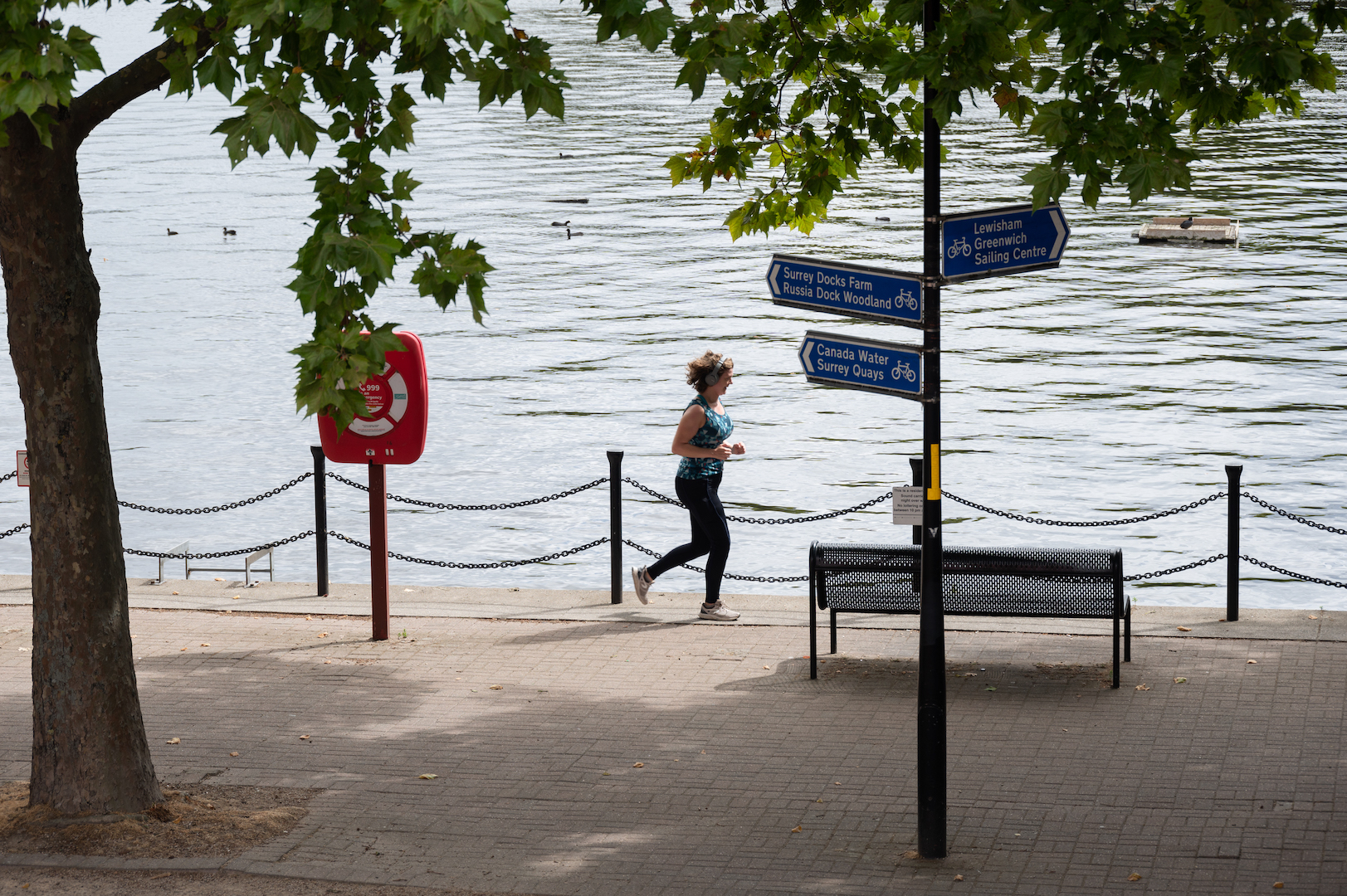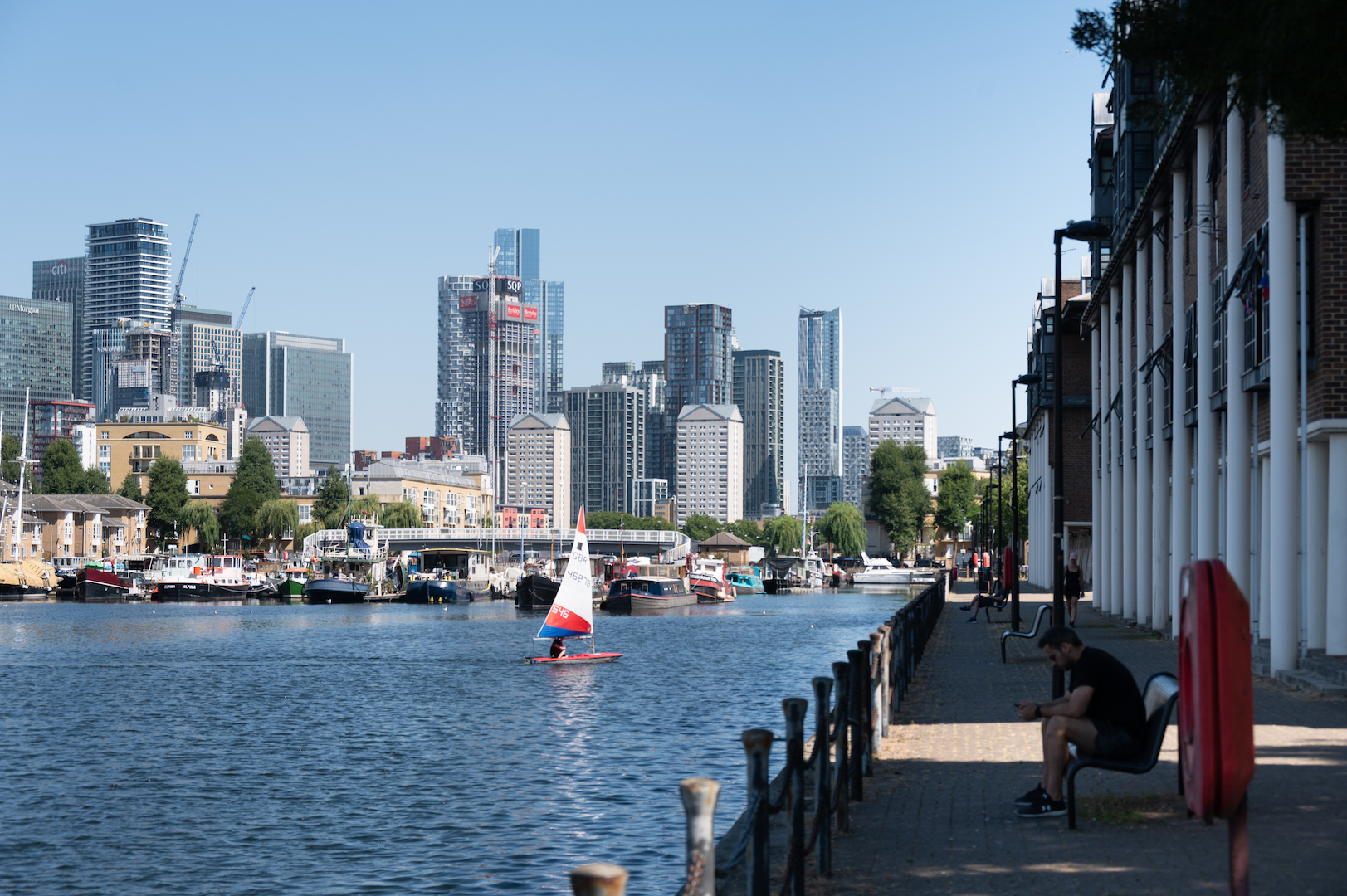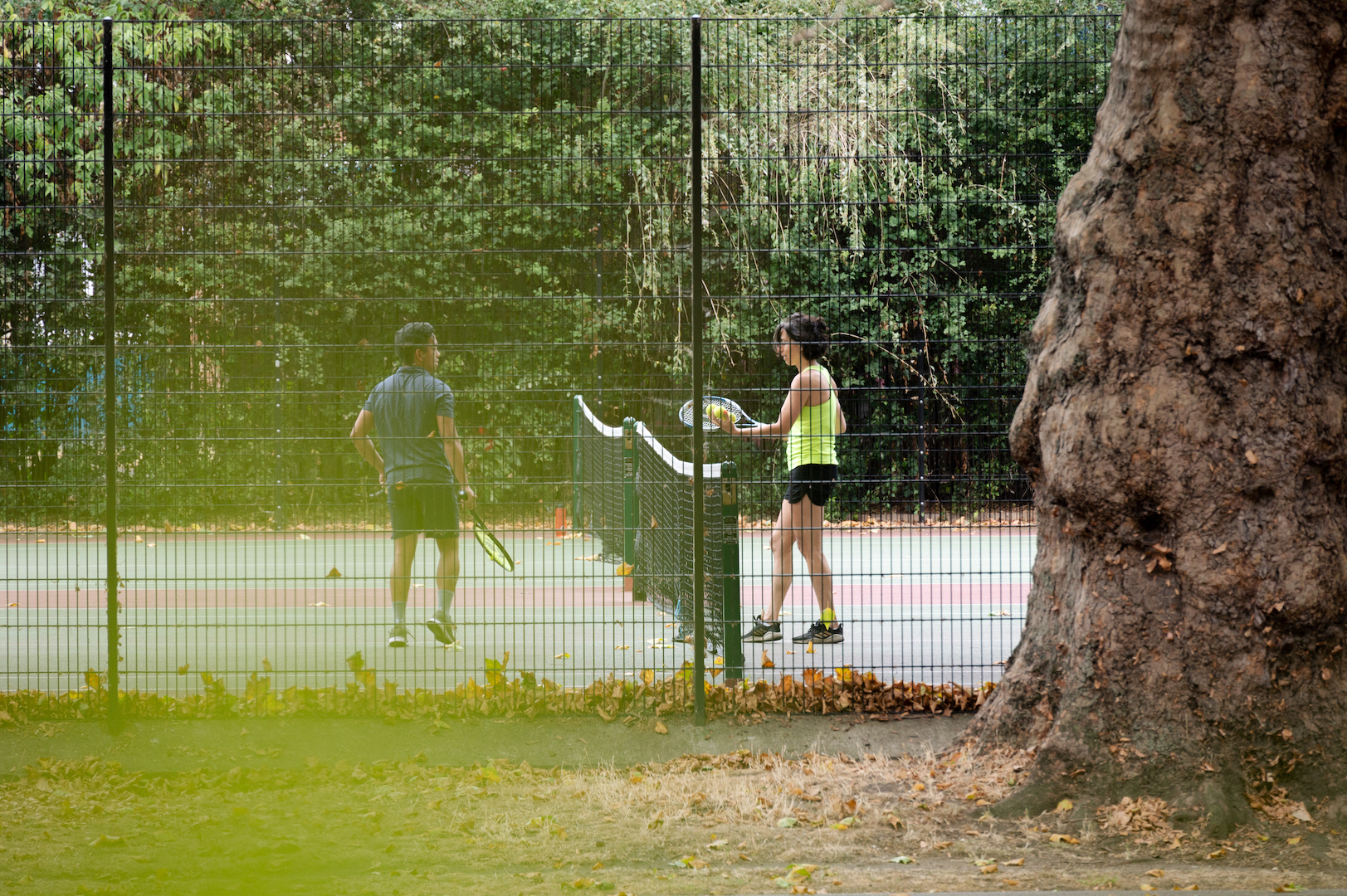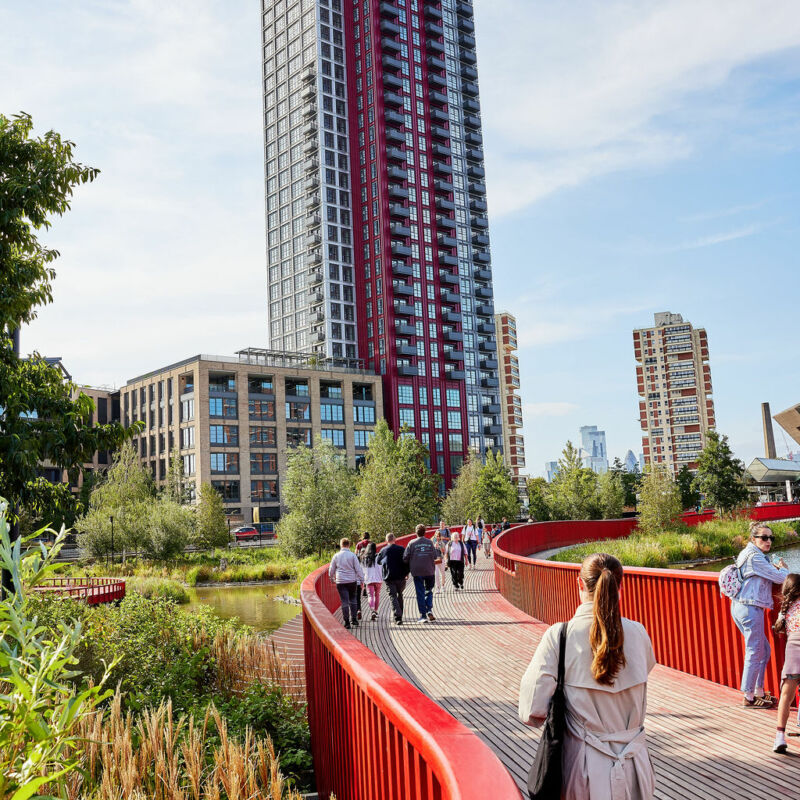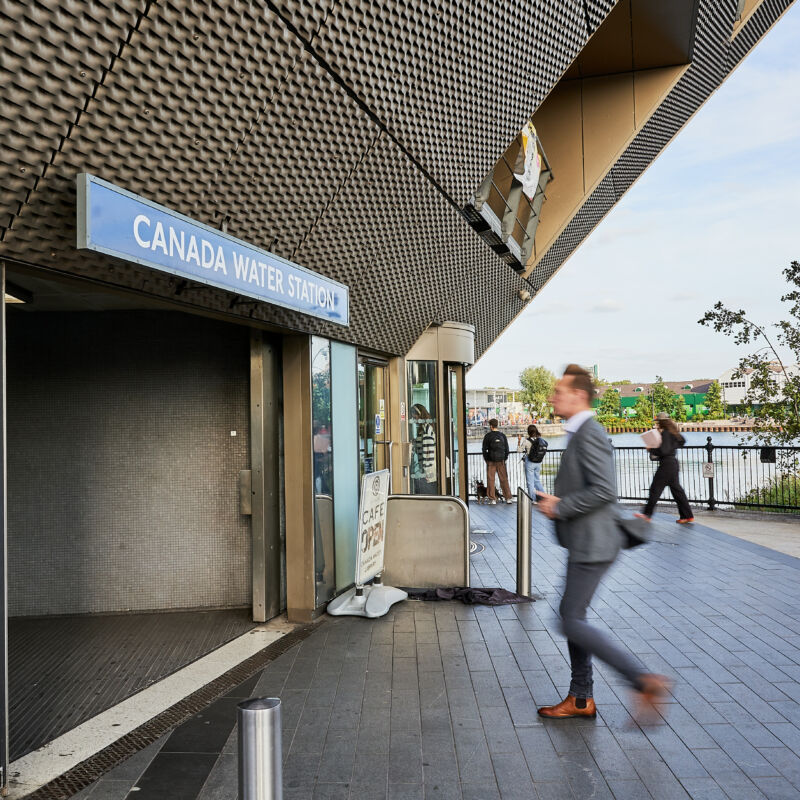The Olympics is coming, and what’s not to get excited about? It’s a chance to be inspired by those who have dedicated their lives to athletics, swimming, gymnastics, sailing, skateboarding, tennis and so many other activities, and we expect to see a significant increase in those interested in getting active as a result. Major sporting events are an ever-reliable catalyst for getting people moving en masse — 2023’s cycling event Le Tour reached nearly 150 million viewers in Europe and one billion people are expected to watch the Paris Olympics, with 326,000 set to be there in person — and the impacts of these types of landmark events speak for themselves.
According to new figures released by the organisers, a world record-breaking 840,318 people from the UK and across the globe applied in the public ballot for an entry to next year’s TCS London Marathon — the route of which runs behind Canada Water’s Dock X — following this year’s edition, and, as reported by Forbes, in Google Trends, the term “climbing” reached its highest popularity of the last five years between 1st and 7th August, 2021, with the Olympics men’s and women’s combined events held between 3rd and 6th August. The question we’re looking to change the answer to is what happens next?
